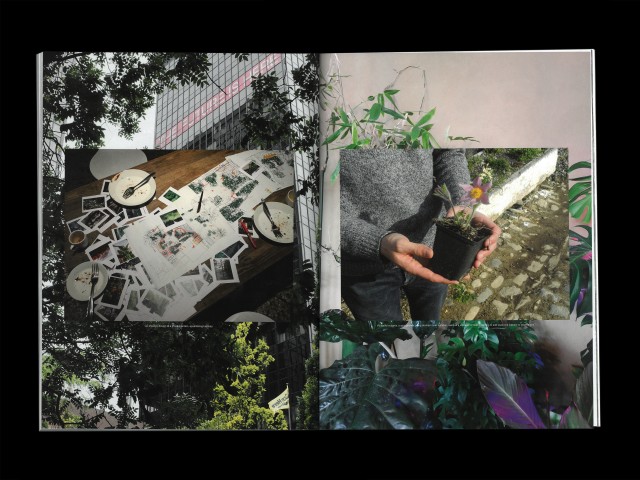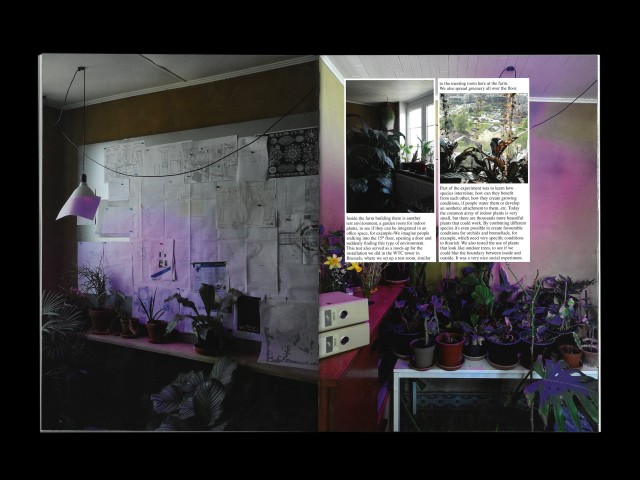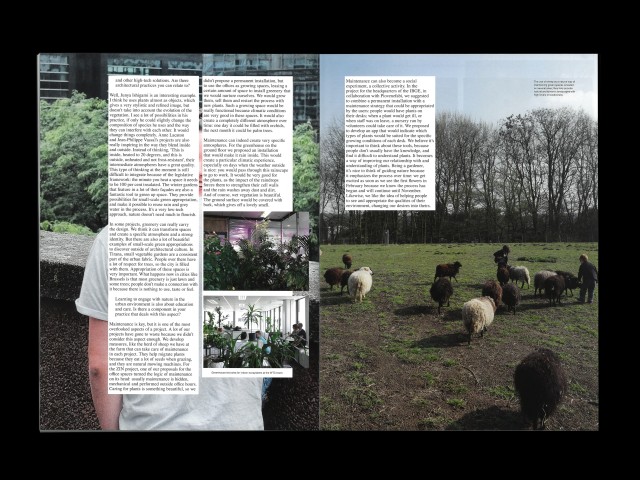


Article extract. The full contribution is the result of several conversations with Plant en Houtgoed co-founder Nicolas Vandenplas and was originally published in Accattone Issue number 6.
Order the full issue here.
Our approach is a blend of biology and landscape and, more broadly, matters of design. We believe that the crossing of the two disciplines can be very powerful. I used to work in forestry and wildlife conservation, which makes me notice a great lack of ambition in the field of landscape design: the main focus is usually aesthetic, while so many possibilities in terms of biodiversity and appropriation are left untouched. For us, the biological aspect of our profession is the core of what we do.
To grasp our work it is important to understand the context in which we operate. We are currently experiencing the sixth big wave of biodiversity loss. Climate change gets a lot of attention today, and one of the major effects of this change is a massive loss in biodiversity and a steep decline in the quality of habitats. It’s worse than what the general public thinks. Seeing this happening is a very powerful incentive for our practice. Biodiversity is often portrayed as a summation of species, but this is only a small part of the story, otherwise one could start a zoo with all the species and the problem of biodiversity would be solved. The key to understanding biodiversity is the notion of ecosystems: interconnections of species that work together and co-evolve.
The ruling theory used to describe the functioning of our fragmented natural system is called the island theory, derived from a study by MacArthur and Wilson on the richness and diversification of natural habitats.
Broadly speaking, the island theory is used to predict habitat quality, population size, or a species’ vulnerability to become extinct. A metapopulation model can be set up, combining the population of all the islands. Often species go extinct on one ‘island’, or habitat patch, but they can be repopulated from another. This constitutes a strong form of resilience, because it allows for broad genetic diversity; otherwise inbreeding would become a problem. Research showed that the smaller islands are important for a species’ survival, because even on the bigger islands, species go extinct every once in a while.
This very important theory within the field of biology created the traditional development model for urban ecology and its practice: the big green areas like parks and big gardens are seen as bigger islands, connected by `green corridors’. But without knowledge of the species and habitats these connections are made for, they won’t be functional to the system. They just look green. This is one of the big issues of the traditional model: you can look at a map and see what’s green, but it doesn’t work like that for biodiversity. And most species don’t appear on photographs.
If you look closely at a city, it’s more of a patchwork of habitats, and within the translation of the island model to urban environments, a lot of the patches are left aside. The big green areas in the island model are so large that they behave in a similar way to the countryside, because they are big enough and stable. But the typically urban species, the mobile ones, those who like heat, and the pioneers, are not taken into account.
Within our practice we have been developing an alternative model, in which non indigenous species with an anthropogenic expansion play an active role. This represents reality much better: the entire palette of habitats, species and genetic diversity is considered. This shift also places the city at the core of the climate-change discussion, because cities are actually the first environments in which new southern species that migrate towards our geographical context can survive, because they are the warmest. In a way, the migrating species are like climate refugees.